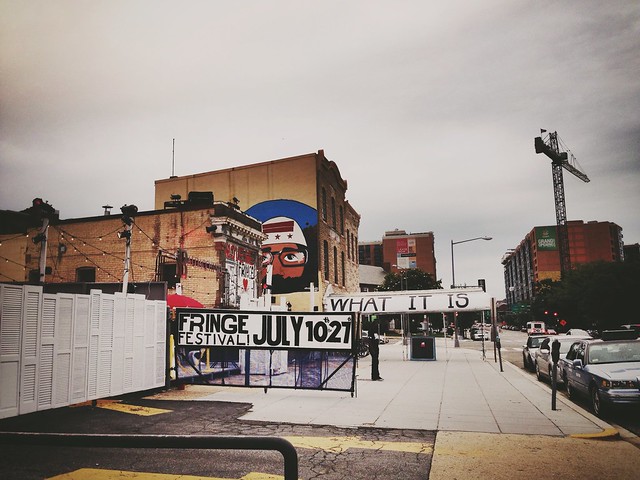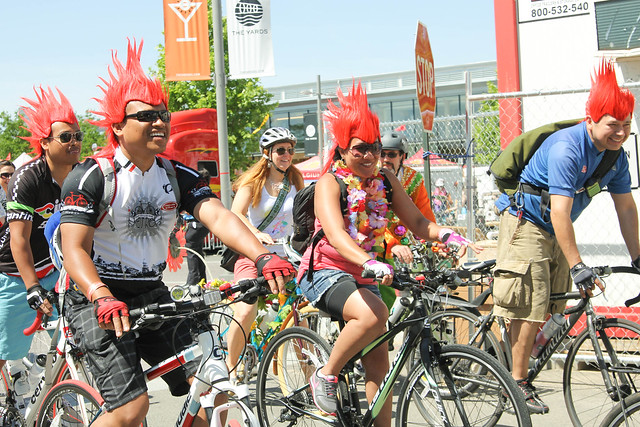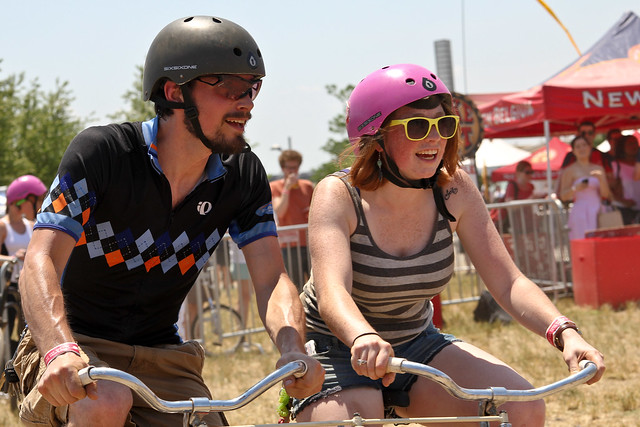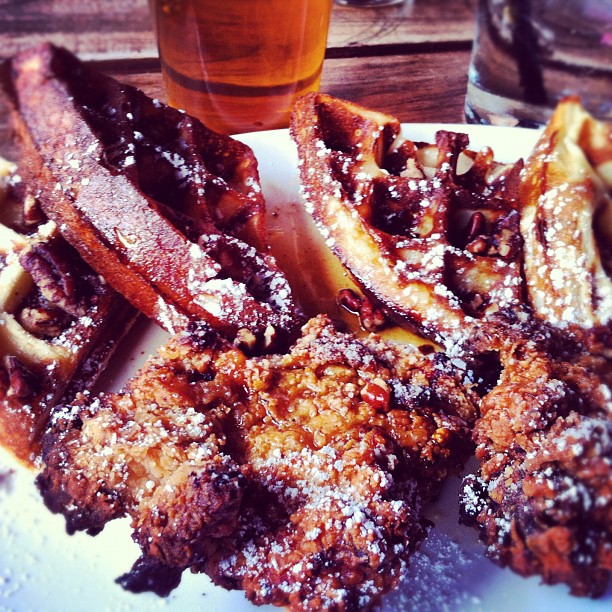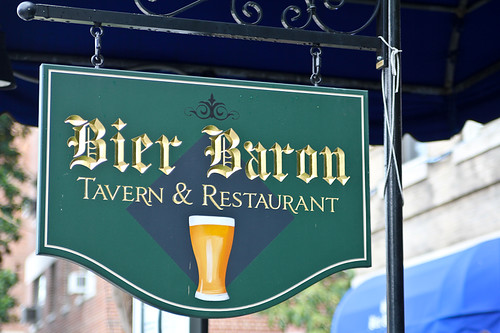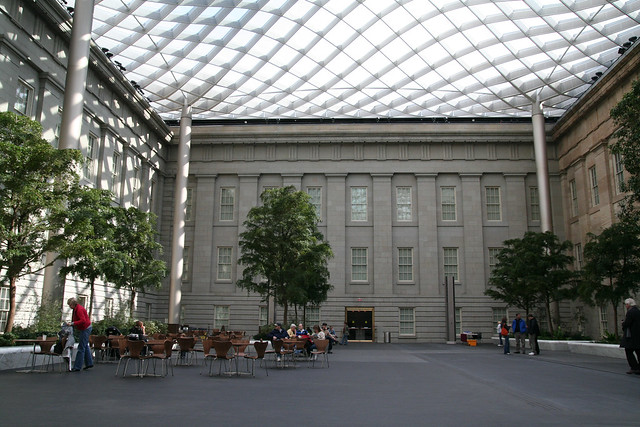
If you want to truly write a book, and not just live out some Eat, Pray, Love fantasy, then you need to go to a boring place. That’s the conclusion of Chris Guillebeau, author of The $100 Startup, in a recent blog post. He advocates going to a place where there is nothing to do.
While writing is a solitary activity, it doesn’t mean you need to be alone while doing it. I’m a city person, and like to write around other people, even if I’m not talking to them. A writer’s retreat in a remote cabin would probably turn me into the Unabomber. I need to see and hear other humans.
I’ve written two books in public in Washington, DC. These are my favorite places to write in the city:
1. Peets – 17th and L. I liked it when it was a Caribou, and I like it even more as a Peet’s (better scones). Located on a corner, with windows all around, it’s the perfect clean, well-lighted place. If you’re creatively stuck, you can always stare out the windows at cyclists going by on L Street. On the weekends, it’s so slow that I wonder how they stay in business. But they do and that’s perfect for me.
2. Cove – If you need more structure, than check out the co-working space Cove. They offer desks, fast wifi, coffee and even meeting rooms, all at a very reasonable rate. They have locations around DC but I like the Cove on 14th Street above Barcelona. If you’re there on a Sunday morning (when I like to write), you’ll have the place to yourself.

3. Renaissance Hotel – West End. Hotel lobbies are underused writing spaces in this city. This one has an Illy Cafe in it and they make the best cappuccino in the city. One upside/downside: no free wifi. If you can’t control your social media compulsion, come for the isolation.
4. Kogod Courtyard – Located at the National Portrait Gallery, it’s a calm oasis in the center of the city. There’s wifi, plentiful seating and a cafe. Plus, if you run out of ideas, you can always explore the fascinating exhibits at the museum. Open from 11 – 7.
5. Pound the Hill – This indie coffee shop has awesome food – the chicken salad is particularly good – and they even have a happy hour. With art on the walls, it’s a cute place on Capitol Hill to get some work done.
Note: I hate laptop campers, especially in small places like Pound. Give yourself two hours, do your work, and then leave. You can get a lot done if you give yourself a deadline.
A writing place doesn’t need to be boring. It just needs to be a spot where you like to write. When I wrote Murder in Ocean Hall, I discovered that I liked to get my writing done early in the day. And that I couldn’t do it at home. I had to leave my apartment, as if I were going to a job. Which is why I love and patronize coffee shops. While you may have a different preference, the most important thing is find the writing place that works for you.
